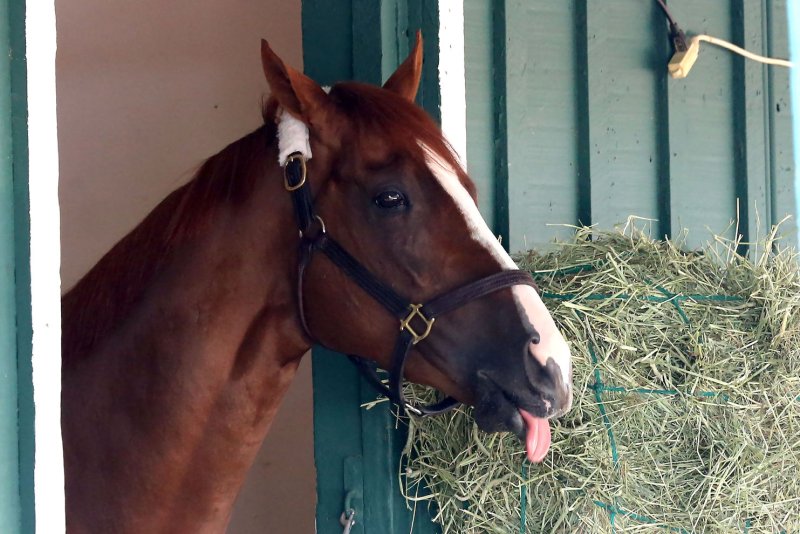SUSSEX, England, Aug. 5 (UPI) -- Some humans can wiggle their ears, but it's little more than a party trick. Like many mammals, horses can swivel their ears, and new research suggests its not just for honing in on a odd rustle in the brush, but to communicate bits of information to their other horse friends.
A new study by researchers at the University of Sussex tested the extent to which horses rely on information relayed by the eyes and ears of their fellow horses. In the experiment, horses were led to a choice of feed buckets. Each bucket sat in front of life-size photos of horses. When the horse picture had their eyes and ear covered, the real horses chose the feed buckets at random. But when the eyes and ears in the photos were visible, it was clear the horses chose to feed at a certain bucked based on information communicated by these moveable facial cues.















